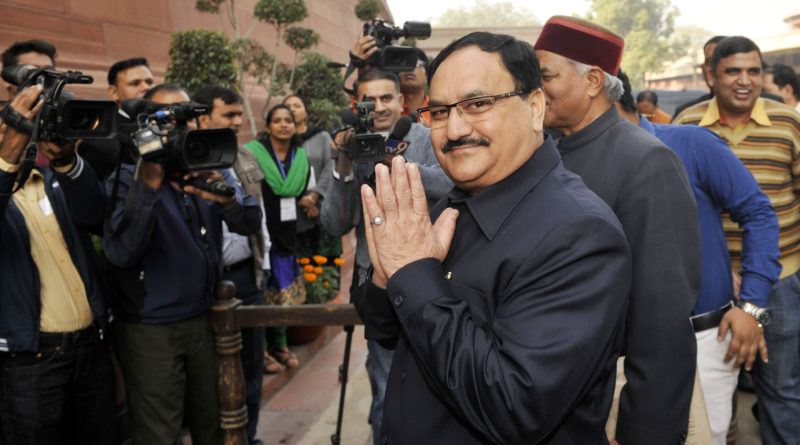Health Ministry in Action Mode
Dear readers,
Thank you for your continuous support to help us disseminate knowledge and awareness about issues confronting the health and well-being of people and bring into focus the challenges before the healthcare sector. Double Helical, your favourite health magazine is pleased to announce that we are going to hold Double Helical National Health Awards in May, 2017 in New Delhi. This is to acknowledge the extraordinary achievements and contributions of the outstanding doctors, medical institutions and allied professionals.
For this, we seek your good wishes and blessings to make the event a success for the further advancement of this noble profession and alleviation of the people’s suffering.
In keeping with our mission to regularly update you with the latest health news and views, you will read comprehensive and authentic coverage of health issues in the current issue. As part of the cover story, we are covering the rising incidence of diabetes in India.
Before we delve into diabetes, this issue carries very important news about the National Action Plan to combat Antimicrobial resistance (AMR). Recently, the Health Ministry has developed National Action Plan to combat AMR which is a serious threat to global public health. Single, isolated interventions have limited impact and coordinated action is required to minimize the emergence and spread of antimicrobial resistance.
Union Health Minister J P Nadda announced the finalization of India’s comprehensive and multi-sectoral National Action Plan with a holistic and collaborative approach towards prevention and containment of AMR in India. The plan calls for involvement of all stakeholders including UN, WHO, FAO and other UN agencies, civil society organizations etc, to support the development and implementation of the national and state action plans on AMR.
As for cover story, diabetes is a crippling disease that damages the organs and impairs the immune system. If not controlled, India may see the greatest increase in people diagnosed with diabetes by 2035. As per reports, the growing incidence of diabetes – considered as one of the most silent killer diseases – is a major challenge in today’s life.
Diabetes is now highly prevalent among all sections of society within India. It is essential that urgent medical attention is given to tackle the potentially epidemic rise in diabetes in the years to come. To reduce the burden of this disease, appropriate government interventions and collective efforts from medical professional, voluntary agencies and common people are required
There are many causes for diabetes. Lifestyle is a major contributor. People particularly adults with overweight and lack of exercise are quite susceptible to diabetes. Children obese at a young age are more prone to developing type 2 diabetes than children who are not obese when young. Another cause of diabetes is high blood pressure.
Obesity is one of the most serious factors responsible for diabetes, yet there has been little research focusing on this aspect across India. Though Indians have a lower overweight and obesity rate as compared to their counterparts in western countries, there is a higher prevalence of diabetes at a much lower body mass index (BMI) in them. Therefore, relatively lean Indian adults with a lower BMI may be at equal risk as those who are obese.
You will also get to read about the New Mental Health Care Bill, 2016 is a welcome move as it seeks to provide persons with mental illness the right to equality of treatment, improve their access to affordable, good quality health services and protection from inhuman and degrading treatment. It guarantees every person the right to mental health care, and decriminalises suicide.
The New Mental Health Care Bill, 2016 which repeals the existing Mental Health Act, 1987 (said to be vastly different in letter and spirit), seeks to use nationally and internationally accepted medical standards. Mental Health Care (MHC) in India continues to be bogged down by lack of resources and awareness.
The new bill has provisions to introduce a Mental Health Review Commission, to set up Central and State authorities, and to increase the number of healthcare institutions.
Our another story on Brain Tumour how children who are exposed to radiation to the head have a higher risk of developing a brain tumour in adulthood, as do people who have certain rare genetic conditions such as neurofibromatosis or Li-Fraumeni syndrome. But such cases represent a fraction of the approximately 35,000 new primary brain tumours diagnosed each year. Age is also a determinant; people over the age of 65 are diagnosed with brain cancer at a rate four times higher than younger people.
Apart from these, there are number of very informative stories based on in-depth research and analysis. Hope you enjoy reading the April issue!
Warm regards,
Amresh K Tiwary,
Editor-in-Chief

